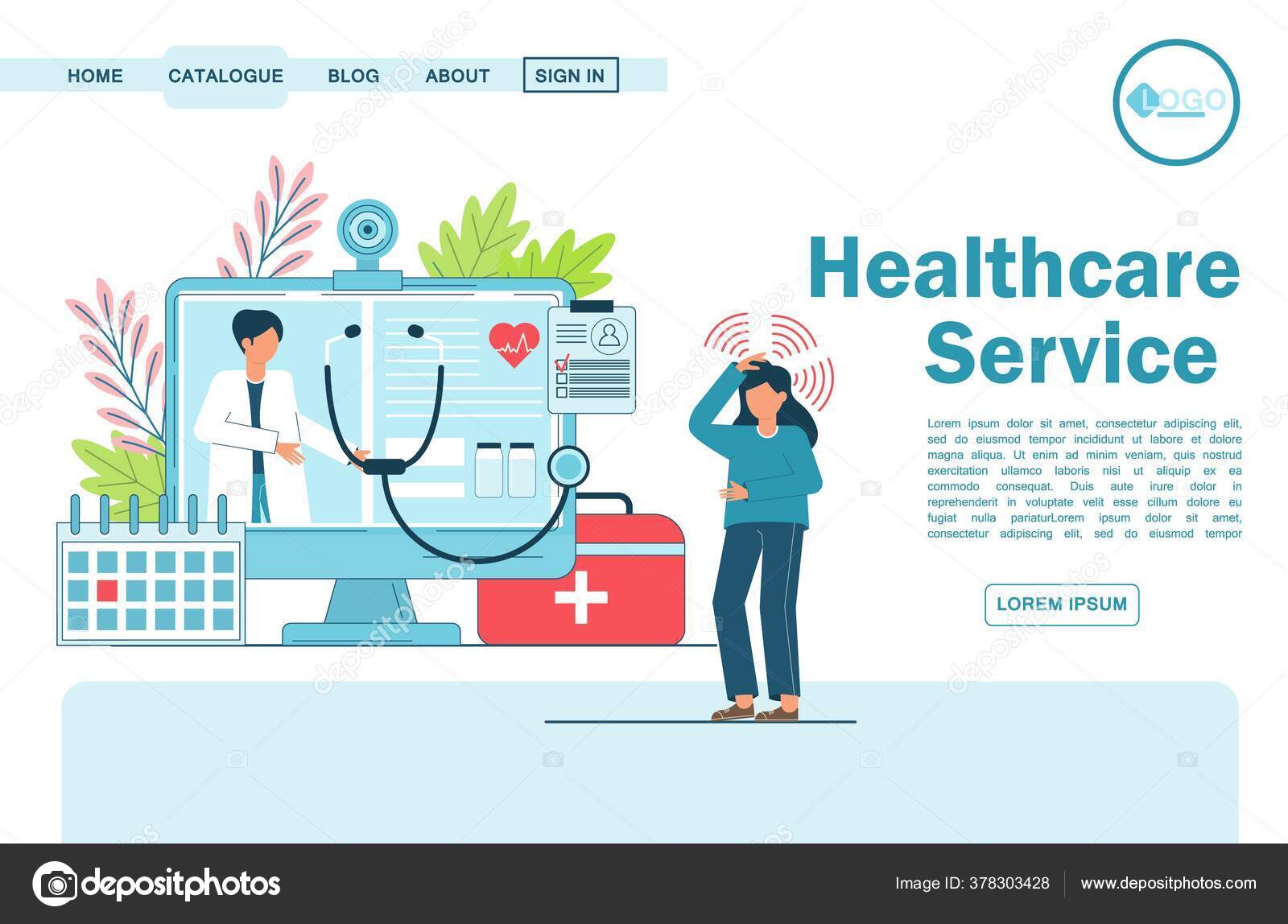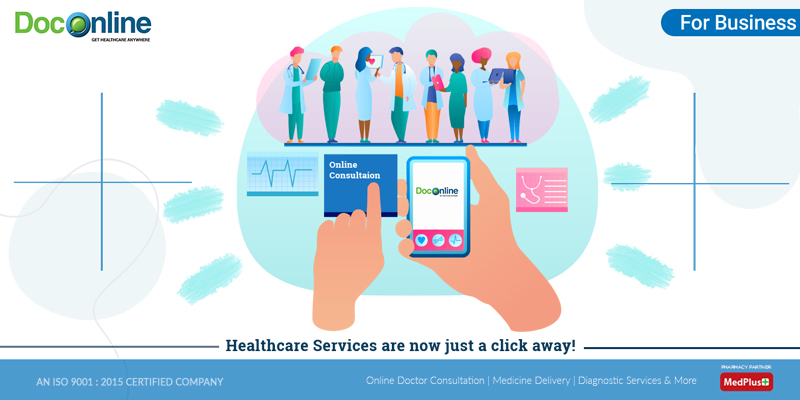Opening the Secrets of Subscription Based Healthcare for Better Patient Outcomes
Opening the Secrets of Subscription Based Healthcare for Better Patient Outcomes
Blog Article
Understanding the Cost-Effectiveness of Subscription-Based Healthcare Models
As the healthcare landscape evolves, subscription-based designs emerge as an engaging option, assuring to redefine just how individuals take care of medical costs. Assessing these models' cost-effectiveness demands a nuanced contrast with typical insurance, considering both financial implications and patient complete satisfaction.
Review of Subscription-Based Versions
Subscription-based health care models, occasionally described as straight primary care or attendant medicine, are significantly acquiring focus as a prospective solution to ineffectiveness within typical medical care systems. These designs run on the concept of offering people direct accessibility to doctor via a month-to-month or annual fee, bypassing the need for typical insurance coverage devices. This arrangement intends to streamline patient-provider communications by reducing administrative worries, which typically hinder individualized and prompt care.
At the core of subscription-based versions is the emphasis on an extra personalized person experience. People benefit from improved access to their doctors, frequently consisting of next-day or same-day consultations, extended consultation times, and direct communication channels such as phone or video telephone calls. This design cultivates a positive approach to medical care, where providers and clients can collaboratively focus on preventative treatment and chronic condition management.

Expense Comparison With Conventional Insurance Coverage

One of the primary financial advantages of subscription models is openness in expenses. Clients pay a foreseeable fee, which can simplify budgeting and financial planning. Additionally, these models usually remove co-pays and deductibles for protected solutions, reducing out-of-pocket costs. Conversely, traditional insurance policy may be extra useful for people calling for specialized treatment or costly therapies not covered under a registration design, as they profit from the wider insurance coverage network and cost-sharing systems.
Nonetheless, cost-effectiveness is context-dependent. While membership versions might supply financial savings for those largely needing health care, people with persistent conditions or specialized healthcare requirements may find conventional insurance coverage a lot more extensive. Reviewing details health care needs and prospective usage is essential in figuring out the most cost-effective alternative for individuals.
Effect On Client Satisfaction
Client fulfillment within subscription-based healthcare versions commonly shows a significant renovation over traditional insurance policy systems. Unlike typical systems, where people might experience hold-ups in obtaining care, subscription-based designs make sure even more straight and timely communications with health care companies.
Furthermore, the openness in prices connected with subscription-based medical care reduces the common irritations connected to unforeseen costs and complex payment processes seen in standard insurance policy (subscription based healthcare). People value knowing the specific monetary dedication upfront, bring about raised count on and confidence in their healthcare management
Furthermore, the emphasis on preventative care and wellness in membership versions adds to enhanced health outcomes, additionally boosting person complete satisfaction. By focusing on recurring health and wellness maintenance instead than anecdotal treatment, patients experience a more continual and all natural medical care trip.
Additionally, the boosted provider-patient relationship promoted in these designs, defined by more time invested per patient and customized attention, plays an essential duty in elevating individual satisfaction degrees, as patients really feel genuinely cared for and understood.
Service Provider Experiences and perspectives
From the copyright's viewpoint, subscription-based medical care versions provide a transformative method to providing clinical solutions. These designs highlight a preventative and proactive medical care approach, permitting companies to concentrate on comprehensive person treatment without the restrictions of conventional fee-for-service setups (subscription based healthcare). This shift in emphasis usually results in enhanced person results and increased supplier satisfaction, as medical care professionals can assign more time and sources to person interaction and individualized treatment plans
Furthermore, membership models promote foreseeable profits streams, which boost financial stability for health care companies. This predictability enables enhanced resource preparation and allowance, adding to an extra effective health care delivery system. Service providers can spend in team innovation, training, and infrastructure enhancements, thus enhancing the top quality of treatment provided.
Nonetheless, the transition to subscription-based models is not without obstacles. In spite of these difficulties, numerous suppliers discover that the benefits of raised person interaction and streamlined procedures outweigh the preliminary challenges, making subscription-based versions an appealing alternative.
Future Prospects and Challenges

A key difficulty is regulatory conformity, as subscription designs have to follow developing medical care plans and insurance requirements. This demands continuous adjustment and advancement to make sure placement with legal standards. Furthermore, integrating these models right into existing healthcare facilities can be intricate, calling click site for considerable financial investments in modern technology and training.
There is likewise the prospective risk of producing inequities in healthcare access, as membership versions could prefer those who can manage them, leaving at risk populaces underserved. Addressing this requires thoughtful factor to consider of rates methods and subsidy devices to ensure inclusivity.
Conclusion
Subscription-based medical care designs provide a feasible alternative to typical insurance by providing monetary predictability and openness, especially benefiting individuals with chronic conditions or regular medical care needs. The cost-effectiveness of these versions rests upon individual medical care use patterns and conditions. While they may boost individual fulfillment and streamline budgeting, obstacles stay in addressing specialized care demands. Future factors to consider consist of stabilizing thorough protection with cost and incorporating these designs within the broader healthcare system for ideal end results.
Subscription-based health care versions, occasionally referred to as direct key treatment or concierge medicine, are increasingly obtaining interest as a prospective remedy to inadequacies within standard health care systems. Unlike traditional systems, where patients could experience delays in getting treatment, subscription-based designs make sure more prompt and direct interactions with healthcare companies.
These versions stress a proactive and preventative health care technique, enabling providers to focus on thorough client treatment without the constraints of conventional fee-for-service arrangements. As these versions proceed to get grip, they offer the possible to reinvent patient access to care, simplify solution i was reading this distribution, and enhance medical care investing.Subscription-based health care versions present a feasible option to conventional insurance policy by providing financial predictability and transparency, particularly resource benefiting individuals with persistent conditions or constant healthcare requirements.
Report this page